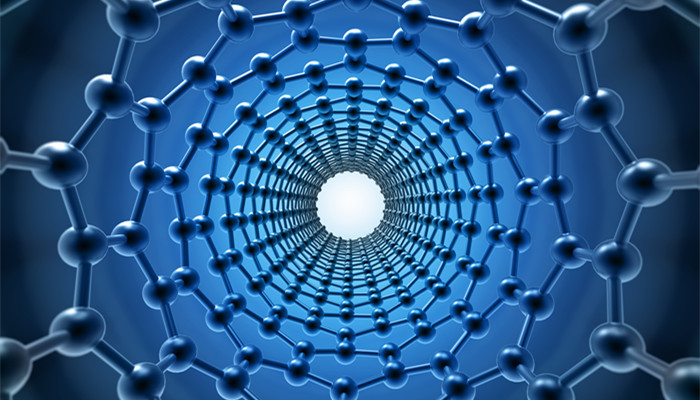
Layered oxide is the mainstream cathode material for sodium batteries. There are many companies in my country
Layered oxide, also known as layered transition metal oxide, is one of the most common products in sodium-ion battery cathode materials. It consists of an orderly stack of alkali metal layers and transition metal layers. It is expected that my country’s sodium-ion battery pilot lines and mass production lines will be launched in 2023. The industry estimates that 2023 will be the first year of the sodium-ion battery explosion. By 2025, my country’s potential demand for sodium-ion batteries will reach 200GWh. Against this background, the demand for sodium battery cathode materials is strong, and the market for layered oxide cathode materials has huge room for development.
At present, there are still differences in the technical route of cathode materials for sodium batteries. The products that have been developed mainly include transition metal oxides, polyanionic compounds, and Prussian blue compounds. Among them, transition metal oxides also include layered oxides. , tunnel-like oxide, and companies have entered into the layout of these technical routes.
Sodium ion battery layered oxide cathode material, the chemical formula is represented by NaxMO2, where M is a transition metal, and elements such as Fe, Mn, Co, Ni, Cu, Cr can be used, and binary materials or ternary materials are generally used, such as nickel manganese. , iron-manganese, copper-iron-manganese, nickel-iron-manganese, etc., ternary materials have better cycle stability and a higher application ratio. At present, the common layered oxide cathode materials mainly include sodium copper ferromanganate, sodium iron nickel manganese, etc.
Layered oxide cathode materials have the advantages of high energy density (100-155wh/kg), high rate performance, wide operating temperature range (-40 degrees to 80 degrees), long cycle life (charge and discharge times 4500 times), and The technical process is simple, the manufacturing process is close to that of ternary cathode materials for lithium-ion batteries, and it is compatible with the lithium-ion battery production line, making it the preferred solution for sodium-ion battery cathode materials.
According to the “In-depth Market Research and Development Prospects Forecast Report on China’s Layered Oxide Cathode Materials Industry from 2023 to 2028” released by the Industrial Research Center It shows that the sodium-ion battery industry is about to explode. Affected by this, the number of companies entering the sodium battery cathode material market in my country is rapidly increasing. Layered oxide cathode materials have the largest number of companies with their excellent comprehensive performance and easy-to-implement process flow. In my country, the main manufacturers of layered oxide cathode materials include CATL, Zhongke Haina, Rongbai Technology, Zhenhua New Materials, Penghui Energy, etc.
However, layered oxide cathode materials also have shortcomings. They have poor air stability and will react chemically with water, oxygen, and carbon dioxide in the air, reducing electrochemical performance and structural stability. Therefore, the layered oxide cathode material needs to be air-dried during the manufacturing process, and the storage conditions are relatively high, and it needs to be sealed and stored to avoid contact with air.
Industry analysts said that the three major technical routes for sodium battery cathode materials each have their own advantages and disadvantages. There is a greater possibility that technical routes can coexist to meet the needs of different application scenarios. At present, in comparison, layered oxide cathode materials have more competitive advantages. At the same time, the energy density and cycle life of sodium-ion batteries are lower than those of lithium-ion batteries. However, sodium-ion batteries have easily available raw materials, low cost, and high safety, and will be used complementary to lithium-ion batteries. Overall, the market prospects for layered oxide cathode materials are broad.

 微信扫一扫打赏
微信扫一扫打赏

